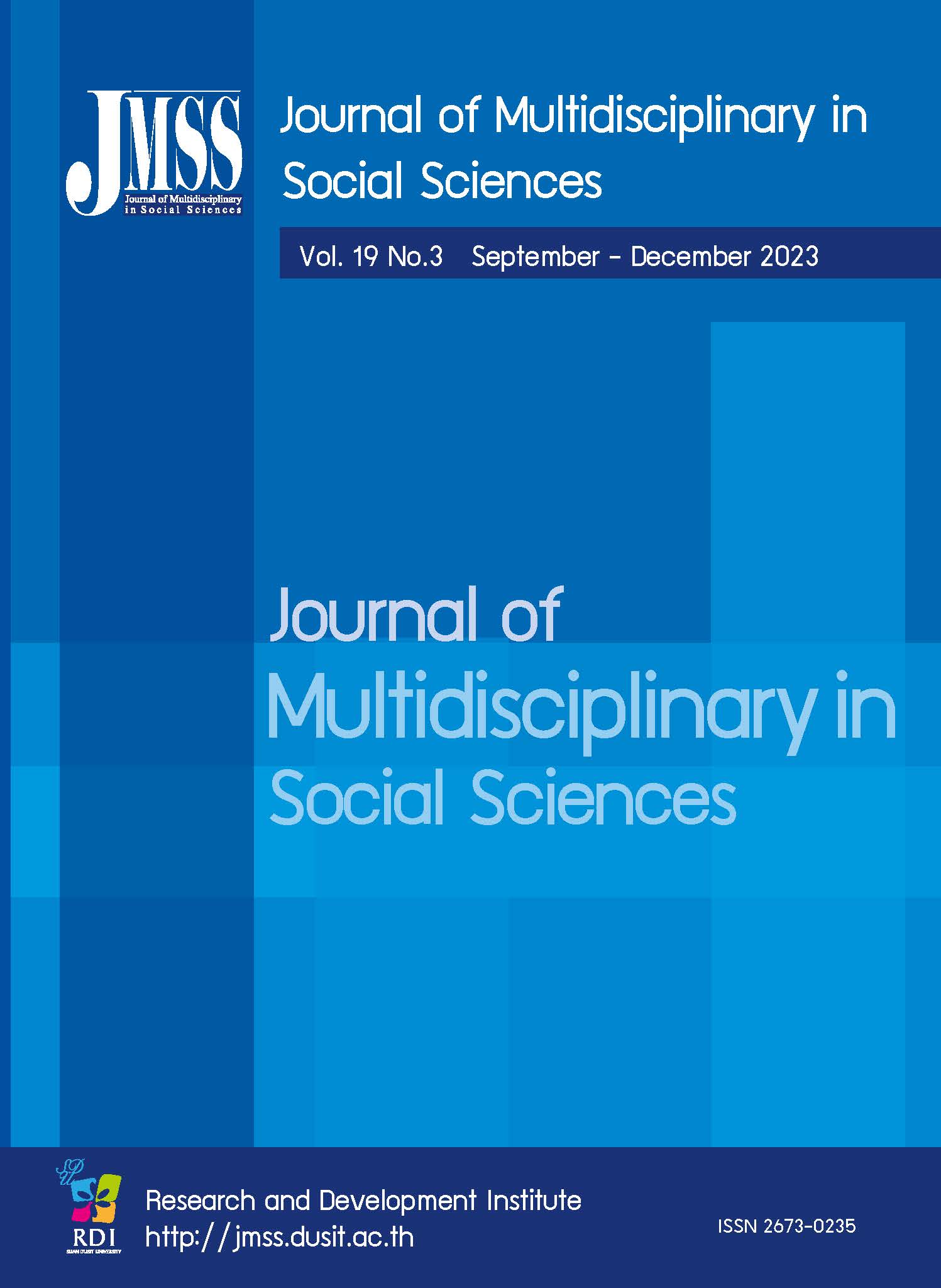Designing an Artificial Intelligence using Fuzzy Logic for Assessing COVID-19 Risks in Higher Education Institutions during In-Person Class Resumption
Keywords:
Covid-19 risk assessment, School re-opening, Fuzzy logic model developmen, Face-to-face classAbstract
The COVID-19 pandemic has had a significant impact on the education sector, leading to the closure of schools to prevent the spread of the virus. With the Philippine government approving the reopening of face-to-face classes in colleges and universities, there is a need to ensure that the academic community is protected from the risks associated with COVID-19. This study developed a Fuzzy Logic-based model to measure the risk associated with COVID-19 transmission in Northeastern Mindanao State University - Tagbina campus. The research design employed in this study involved the development of the Fuzzy Logic-based model, which was validated by experts in the field to assess COVID-19 risk transmission. The developed model produced satisfactory results after expert validation, and the campus had a 38.5% risk, classified as "Low," based on the developed model. Despite challenges in opinions of multiple experts, the model was able to draw conclusions to support campus management’s decision-making pertaining to campus risk of COVID-19 transmission. The developed model can be used as a decision-support tool for campus administration to implement certain modalities and policies that do not pose a high COVID-19 risk to the academic community. Further studies can explore the applicability of the developed model to other higher education institutions and settings.
References
Agaton, C. R., Caba, E. S., & Caba, J. R. (2021). Factors affecting online education during the COVID-19 pandemic: A qualitative study. Journal of Physics: Conference Series, 1789(1), 012064.
CHED. (2021). CHED-DOH Joint Memorandum Circular No. 2021-001. https://www.ched.gov.ph/wp- content/uploads/2021/01/Joint-Memorandum-Circular-No.-2021-001.pdf
Dalton, C. B., Corbett, S. J., Katelaris, A. L., & Kesson, A. M. (2020). Managing COVID-19 in Schools: Mitigation Measures to Prevent Outbreaks and Limit SARS-CoV-2 Transmission. The Medical Journal of Australia, 213(5), 228-232. https://doi.org/10.5694/mja2.50702
Kazanasmaz, Z. (2013). A Hybrid Fuzzy Inference System for Evaluating Enterprise Resource Planning Software Solutions. Expert Systems with Applications, 40(16), 6392-6402.
Lukasiewicz, J. (1930). Philosophical remarks on many-valued systems of propositional logic. Reprinted in Selected Works, L. Borkowski, ed., Studies in Logic and the Foundations of Mathematics, North-Holland, Amsterdam, 1970, pp. 153–179
Mamdani, E. H. (1975). "Advances in the linguistic synthesis of fuzzy controllers". International Journal of Man- Machine Studies, 7(1), 1-13. https://doi.org/10.1016/s0020-7373(75)80002-2
Naciri, M. (2020). COVID-19: The impact on education. EDA Today. Retrieved from https://www.eda.europa.eu/eda-today/newsroom/news/2020/06/12/covid-19-the-impact-on-education
National Academies of Sciences, Engineering, and Medicine (NAS). (2020). Reopening K-12 schools during the COVID-19 pandemic: Prioritizing health, equity, and communities. The National Academies Press.
Nurrunabi, M., Rahman, M. M., Hossain, M. A., & Siddika, M. A. (2021). Health and Safety Measures for Reopening Schools amid COVID-19 Pandemic: A Systematic Review. Journal of Education and Practice, 12(3), 130-143. https://www.iiste.org/Journals/index.php/JEP/article/view/56108/57780
Podofillini, L., Mazzolani, F. M., Nascimbene, R., & Zanardo, G. (2010). Dependence Model for Seismic Risk Analysis of an Existing RC Frame Building. Journal of Earthquake Engineering, 14(7), 1042-1062. https://doi.org/10.1080/13632460902984532
Romero, C., Master, B., & Shatzel, J. J. (2021). The impact of COVID-19 on education. MedEdPublish, 10(1).
Sarmiento, A. B., Abulencia, J. P., Claudio, J. B., De Leon, C. A., & Del Rosario, R. B. (2021). The challenges of conducting research in higher education.
UNESCO. (2020). Education: From disruption to recovery. COVID-19. Retrieved from https://en.unesco.org/covid
/educationresponse.
Zadeh, L. (1965). Fuzzy sets, Information and Control, 8(3), 338–353.

Downloads
Published
How to Cite
Issue
Section
License

This work is licensed under a Creative Commons Attribution-NonCommercial-NoDerivatives 4.0 International License.







